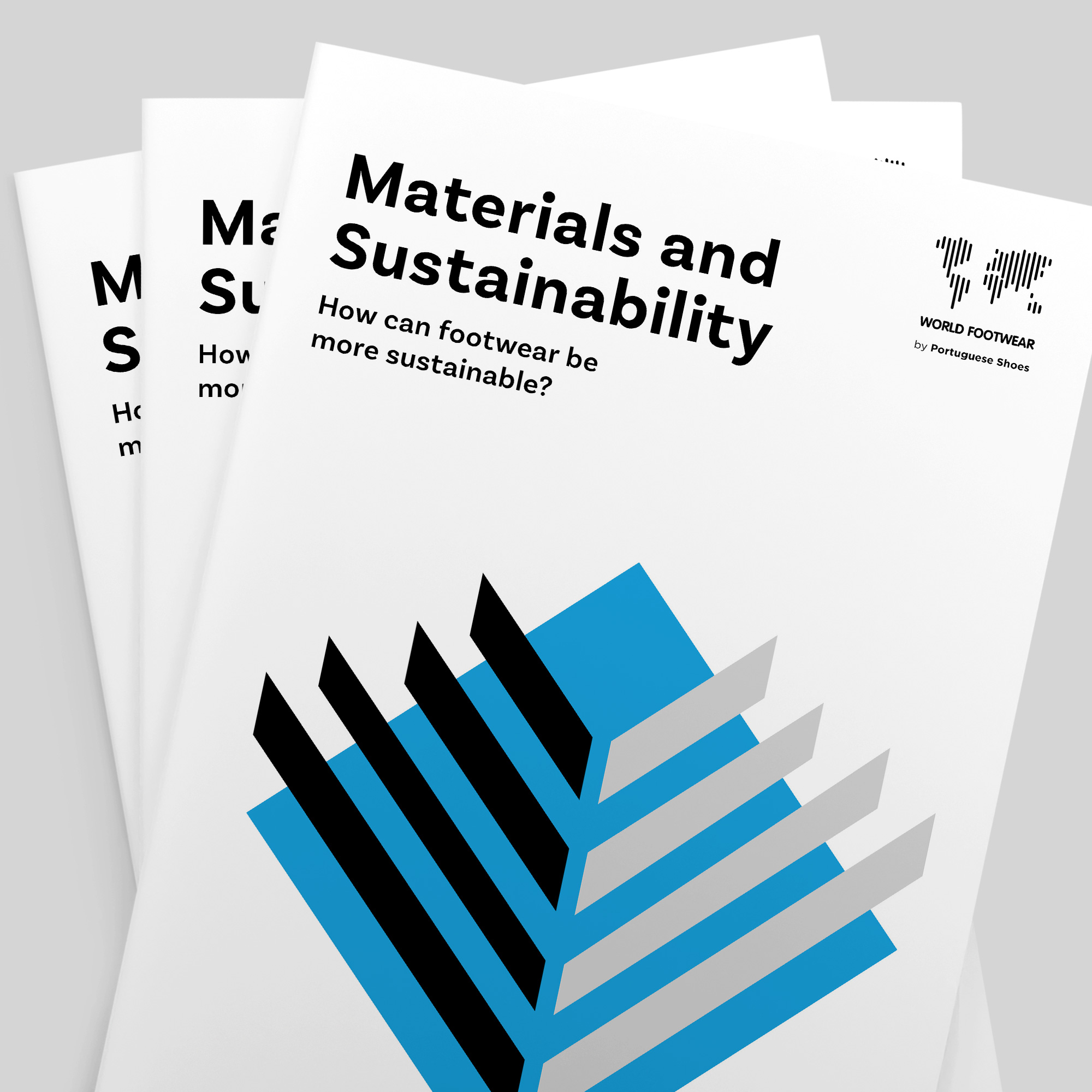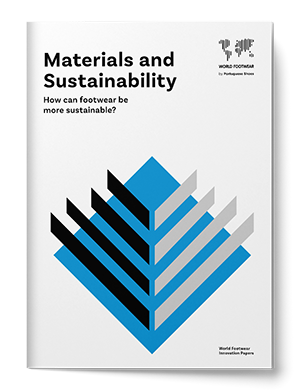Register to continue reading for free
Materials and Sustainability: How can footwear be more sustainable?

Just released! A new paper dedicated to recycled and recyclable, biodegradable and compostable, and biobased and organic materials. This is the latest from a series dedicated to innovation in the footwear and leather goods industry
Climate change and sustainability are undeniably among the topics of greatest concern and discussion in the 21st century, in the most varied communities, be they governmental, political, scientific, communication and consumers, who are increasingly aware and attuned to these issues so relevant for the “health” and future of our planet.
In recent decades, we have experienced a major industrial and technological revolution, which has led to an intensive increase in the extraction, processing, and use of raw materials, and high production and overconsumption, contributing simultaneously to the improvement in the quality of life of the population and climate change, the latter of great concern to the society.
Sustainability does not have a straightforward definition and depends on several parameters, thus being vital for companies to define their sustainability strategy, which premises it is based on, and to invest in transparent, reliable and clear communication that adds to the commitment and loyalty of the consumer to the brand and the product. It is perhaps easier to define what is not sustainable, for instance: the rapid depletion of renewable sources; the excessive and unnecessary consumption; the waste of energy; the inadequate treatment and disposal of waste, causing health problems and environmental damage; the environmental dangers and risks created by companies or the exploitation of workers to achieve profit, among others. With this in mind, sustainability ought to combine three dimensions: Planet, People and Profit.
In the past years, we have witnessed a growing and “aggressive” marketing by brands and products claiming to be sustainable, using attributes such as recycled products, biobased products, biodegradable products, and organic or vegan products. However, it is also usual finding that many of these environmental claims have no technical or scientific background and are often communicated to the consumer in an unclear and unsubstantiated way. As a result, the testing, evaluation and certification of materials is more and more important to sustain the brands’ and products’ claims, promoting as well transparent communication and informed choice by consumers, hence counteracting Greenwashing.
The footwear industry is also aware, committed, and increasingly investing in resources for the development of new business models, new product concepts, and more sustainable production, to reduce the environmental impact of its products and business, in line with the EU Green Deal and the Circular Economy Action Plan. Henceforth, the footwear industry has to invest in the implementation of eco-design methodologies in the selection of raw materials with less environmental impact, in more efficient and less polluting production processes, and in the creation of solutions that enable value products at their end-of-life. It ought to be recognized that big international brands are an example and driver for smaller footwear companies in their path towards more sustainable production with less environmental impact.
Nevertheless, some confusion remains concerning the classification and selection of more sustainable materials for the development of products with lower environmental impact. Materials can be defined using different classification systems. In this document, recycled and recyclable, biodegradable and compostable, and biobased and organic materials will be addressed.
Do you want to read more?
DOWNLOAD THE COMPLETE INNOVATION PAPER HERE

If you are not registered yet, you can log in with a social network or create an account
It is easy, free and quick - and it will allow you to unlock all our Premium contents
DOWNLOAD THE COMPLETE INNOVATION PAPER HERE

If you are not registered yet, you can log in with a social network or create an account
It is easy, free and quick - and it will allow you to unlock all our Premium contents
Contents
Summary
Product Environmental Footprint
Sustainable materials
Recyclable and recycled materials
Biodegradable and compostable materials
Biobased materials
Organic Materials
Final Considerations
Glossary
Bibliography
Product Environmental Footprint
Sustainable materials
Recyclable and recycled materials
Biodegradable and compostable materials
Biobased materials
Organic Materials
Final Considerations
Glossary
Bibliography


